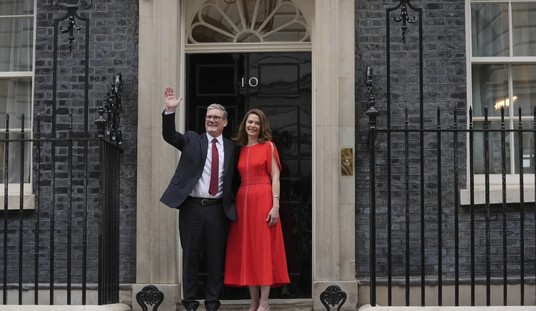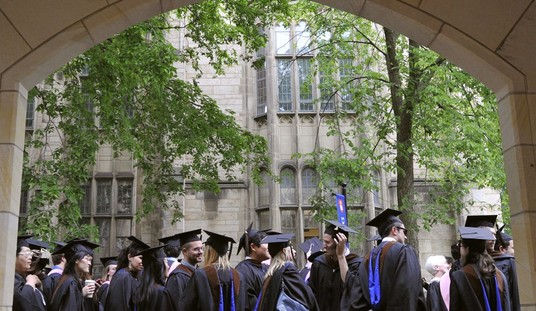How soon should we reopen the American public square in the COVID-19 pandemic? Government at all levels has grappled with that question for several weeks, and reluctance in some quarters has been driven by risk-averse incentives common in our politics. Risk aversion doesn’t just apply to politicians, however. They are responding to reluctance on the part of their constituents — and a new Washington Post/U-Maryland poll shows that reluctance to be widespread.
If only one-fifth of Americans think it’s safe to go back out into public by the end of the month, that’s not going to kickstart the economy:
As the coronavirus spreads across the country, Americans are curbing their expectations about when it will be safe for gatherings of 10 or more people, with about 2 in 3 adults now saying it will not be until July or later before those events can happen, according to a Washington Post-University of Maryland poll.
The findings provide more evidence that Americans remain worried about the threat of the virus and cautious about efforts to lift stay-at-home restrictions and to reopen businesses, even as many governors have begun to move in that direction. In the face of plans in many states to gradually ease those limitations, significant majorities of Americans continue to emphasize the need for social distancing and other safety measures.
Fully half of all Americans say in the poll that they think it will not be safe for gatherings of 10 or more until midsummer, including nearly one-quarter who say it will not be safe until 2021 or later. Just about 1 in 5 say they believe such gatherings are safe now or will be by the end of this month.
This points up the fundamental problem with all of the reopening scenarios. Sure, government has to facilitate that by rolling back the restrictions government imposed, but that’s only part of the equation. The biggest piece is confidence by consumers that it’s safe to back in the public square with any density at all, and right now that confidence is too low to be effective. What happens when governments through a Grand Reopening Party and only 9% of the invitees attend? That won’t save the small businesses at risk now from going under in June.
If anything, confidence has eroded in a quick reopening with density of ten or more people in a public gathering:

This lack of confidence is reflected in other parts of this survey. Eighty percent think mask wearing is a necessity (including two-thirds of Republicans). Three-quarters of respondents won’t get together with friends, and slightly more think staying at home is necessary. These numbers reflect one reason why politicians are reluctant to roll back restrictions apart from the dire warnings coming from epidemiologists.
This trend would change somewhat if government acts, to be sure. In a crisis, people do take signals from officials, and a rollback might initially stoke confidence, but it would take sustained success at keeping outbreak numbers low to maintain it. In that sense, there is a bit of good news — personal concern over infection dropped from a peak of 63/36 last week to 58/41, the lowest it has been in a month. Furthermore, there has been a slight erosion of support for restrictions on businesses from 66/17 in mid-April to 58/21 now. That’s not a big change, but it’s outside the margin of error and might indicate some momentum back toward risk-taking.
The time line for that risk taking doesn’t look promising, however. Only a third of Americans think that it will be safe to “attend gatherings of ten or more people” by July 1, which means they aren’t going to run out to the mall or their local department stores to handle the merchandise any time soon. There is some partisanship in those numbers, but not as much as you’d think:
- Democrats: 20% by end of June
- Independents: 35%
- Republicans: 44%
None of these political groups have a majority in support of full public engagement for the next six to seven weeks. For an end-of-July date, we get to nearly half of all respondents (49%), with majorities of both Republicans (60%) and independents (51%) on board. That’s better, but it’s still not the kind of confidence levels that will unlock the American economy.
Frankly, we probably won’t see these numbers change without an effective treatment emerging in the next few weeks. The only other factor that might impact the confidence level is a sustained drop in transmission, but that will require a lot more population testing first — which we still have yet to achieve.








